
Two of Canada’s most iconic natural treasures are nestled in the heart of Banff National Park: Moraine Lake and Lake Louise. Moraine Lake often takes the prize of being most recognizable — being on one of Canada’s $20 bank notes will do that. But Moraine Lake is often confused for Lake Louise. Even Canadians, when referring to Moraine Lake, refer to that “Twenty Dollar View” as Lake Louise.
Lake Louise is actually a town, about 45 to 50 minutes from Banff along Canada’s Trans-Canada Highway. The town acts as a basecamp or jumping off point to travel to both Lake Louise (the lake) and Moraine Lake, and has its share of touristy shops.
Lake Louise (the lake; hereafter referred to as just “Lake Louise”) is the more accessible of the two lakes, with relatively ample parking, more accessible walking paths, more shops, and a more well-known hotel at its side. Don’t let this relax you though — you should still arrive bright and early to find your parking space.
But more important than the parking space is the smooth-as-glass early morning aura of the wondrous lake. The canoe and kayak rental shop doesn’t open until mid-morning, so any opportunity to find a ripple-free lake has to come fairly early.
Also be sure to bring along a lunch, if at all possible. The Fairmont Chateau at Lake Louise has a little convenience shop which sells sandwiches and drinks and the like, and provides a great opportunity to walk up to the world-renowned hotel. The prices will leave you balking, though. I think we had two croissant-sandwiches and two bottled pop drinks for a cool $40-plus.
More than anything else, Lake Louise is its own lake, complete with its own personality and history. Where Moraine Lake feels like more of a natural and raw wonder, Lake Louise feels like a sophisticated, well-kept wonder. Walkways are paved for a good stretch and well-manicured for the rest, there seemed to be more historical points-of-interest signs, and the looming Fairmont give the visit a sense of awe.
Should you be planning a trip to Lake Louise in 2019, be sure to visit after the lake thaws in late-May to mid-June. The high elevation keeps the lake frozen for longer than the rest of the province and you’ll be met with more signs of lush life, that famous blue water, and a sense that you’ve seen everything Canada’s Rocky Mountains have to offer.
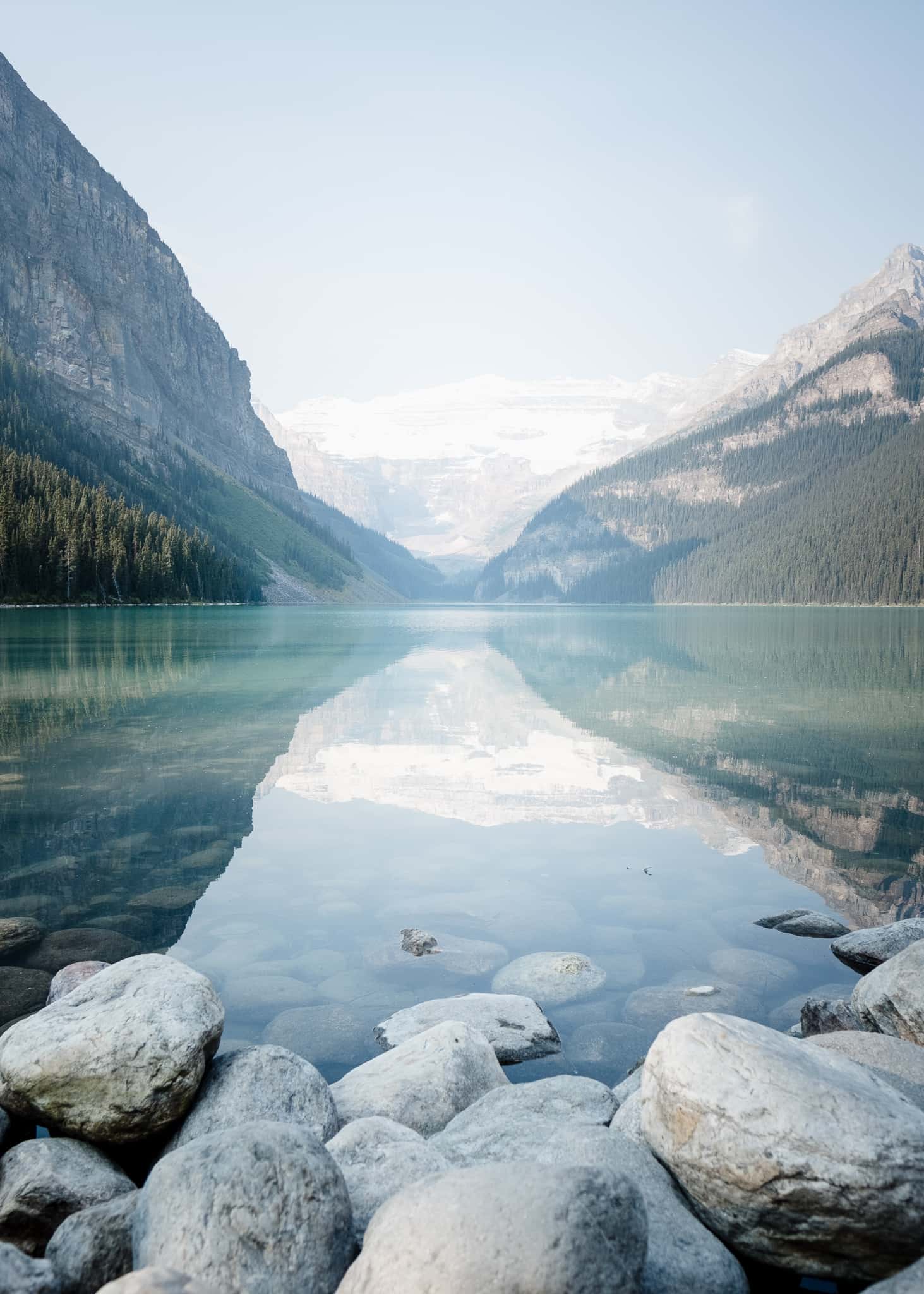
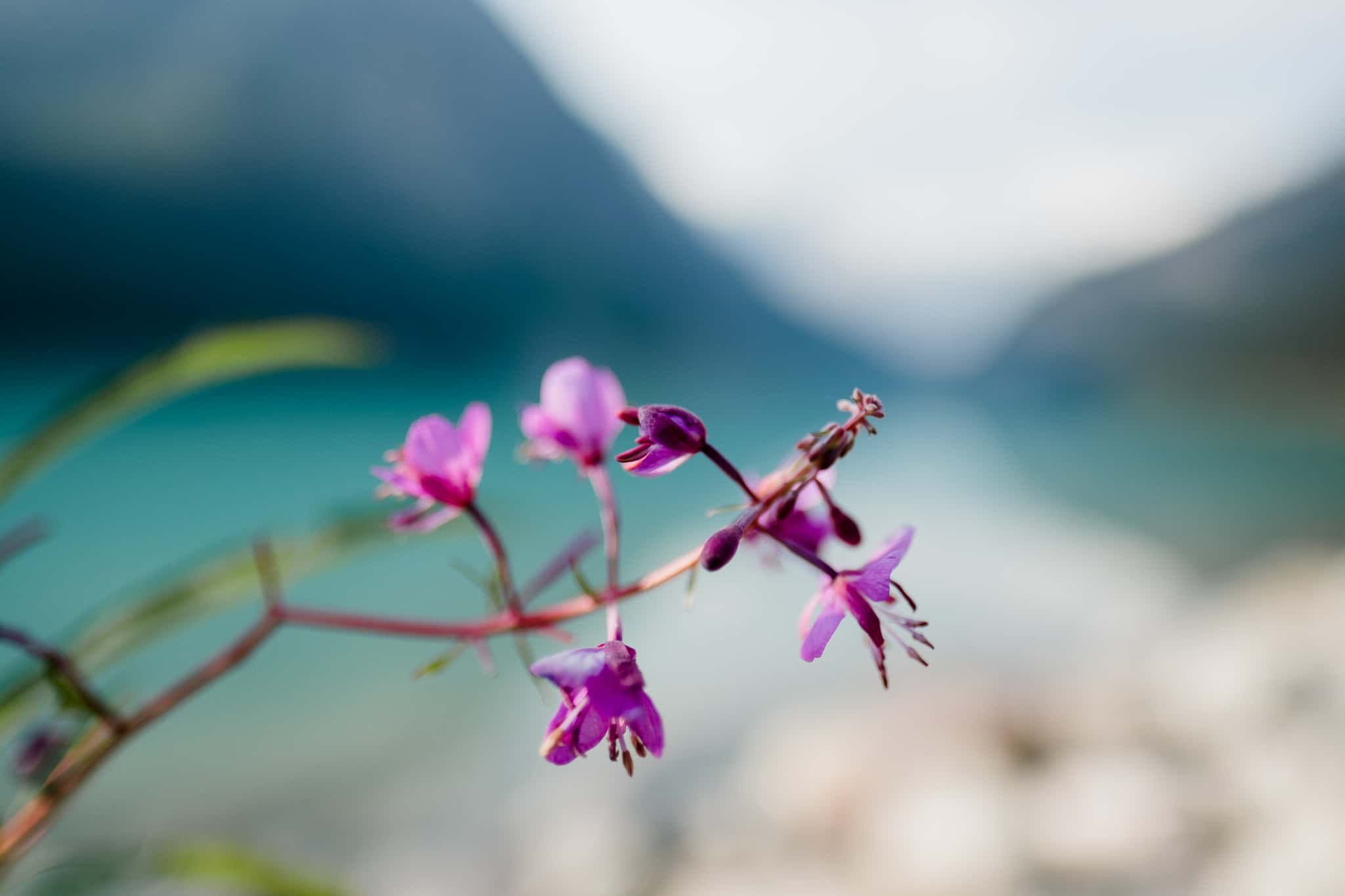
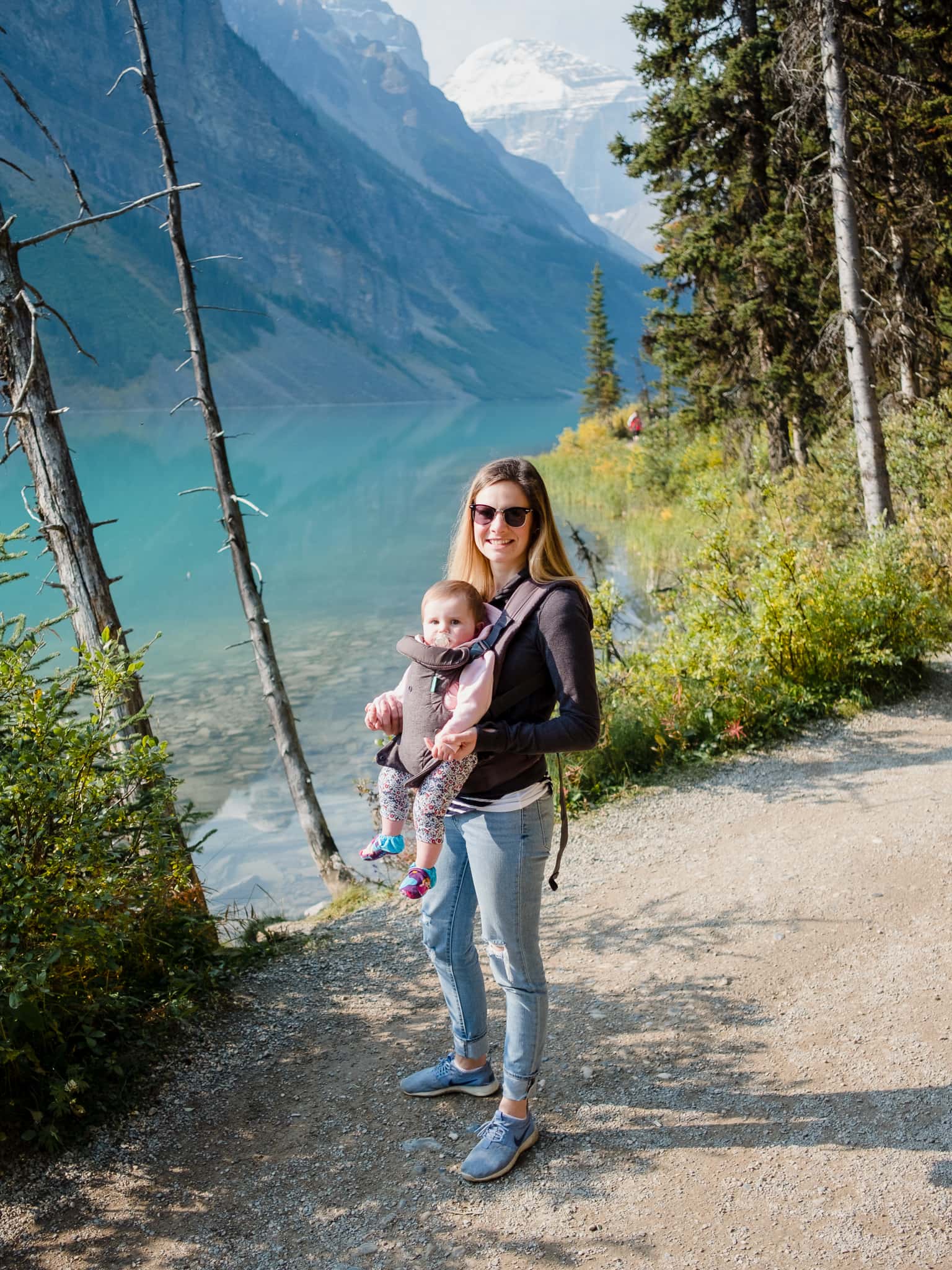

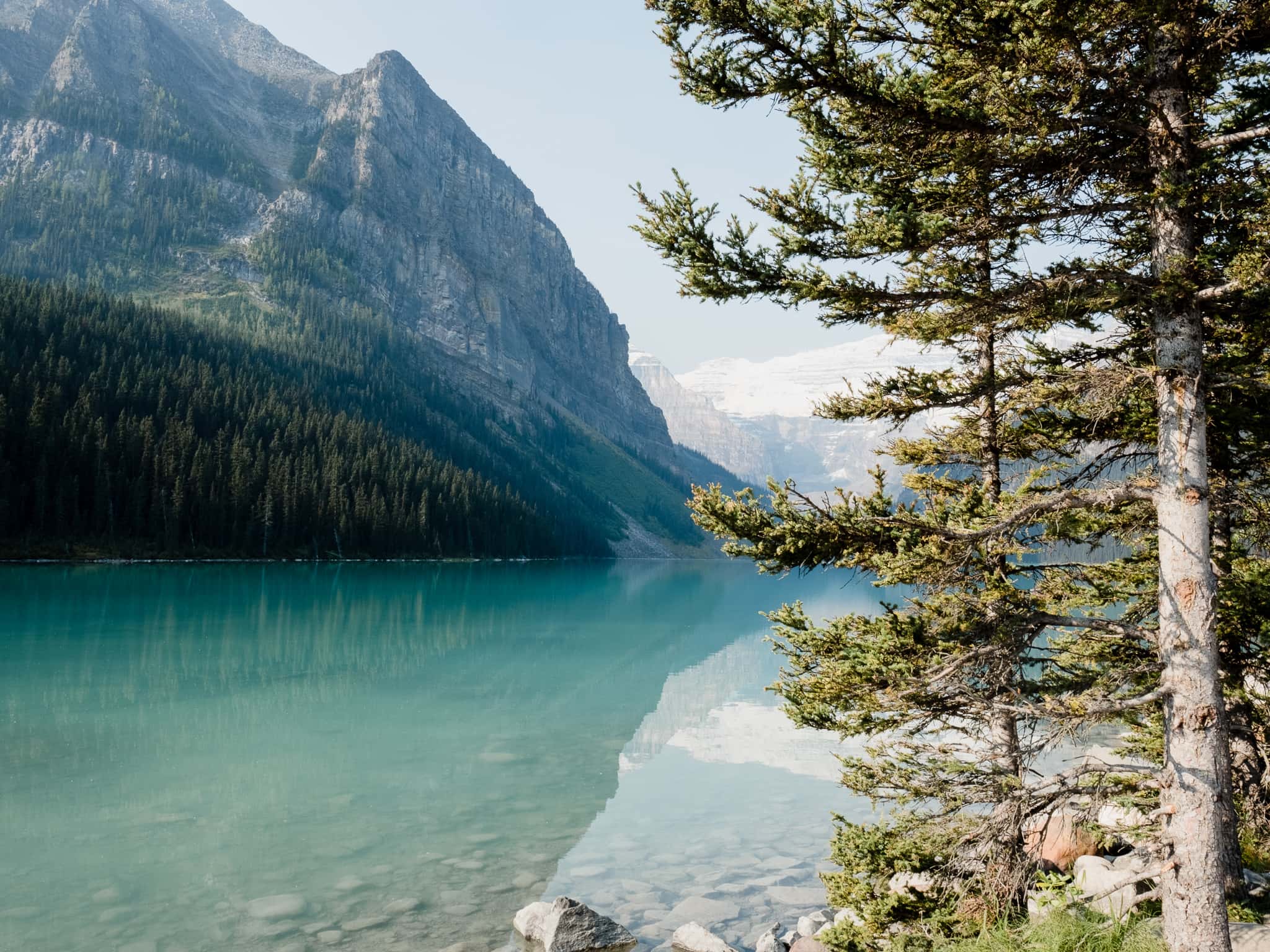
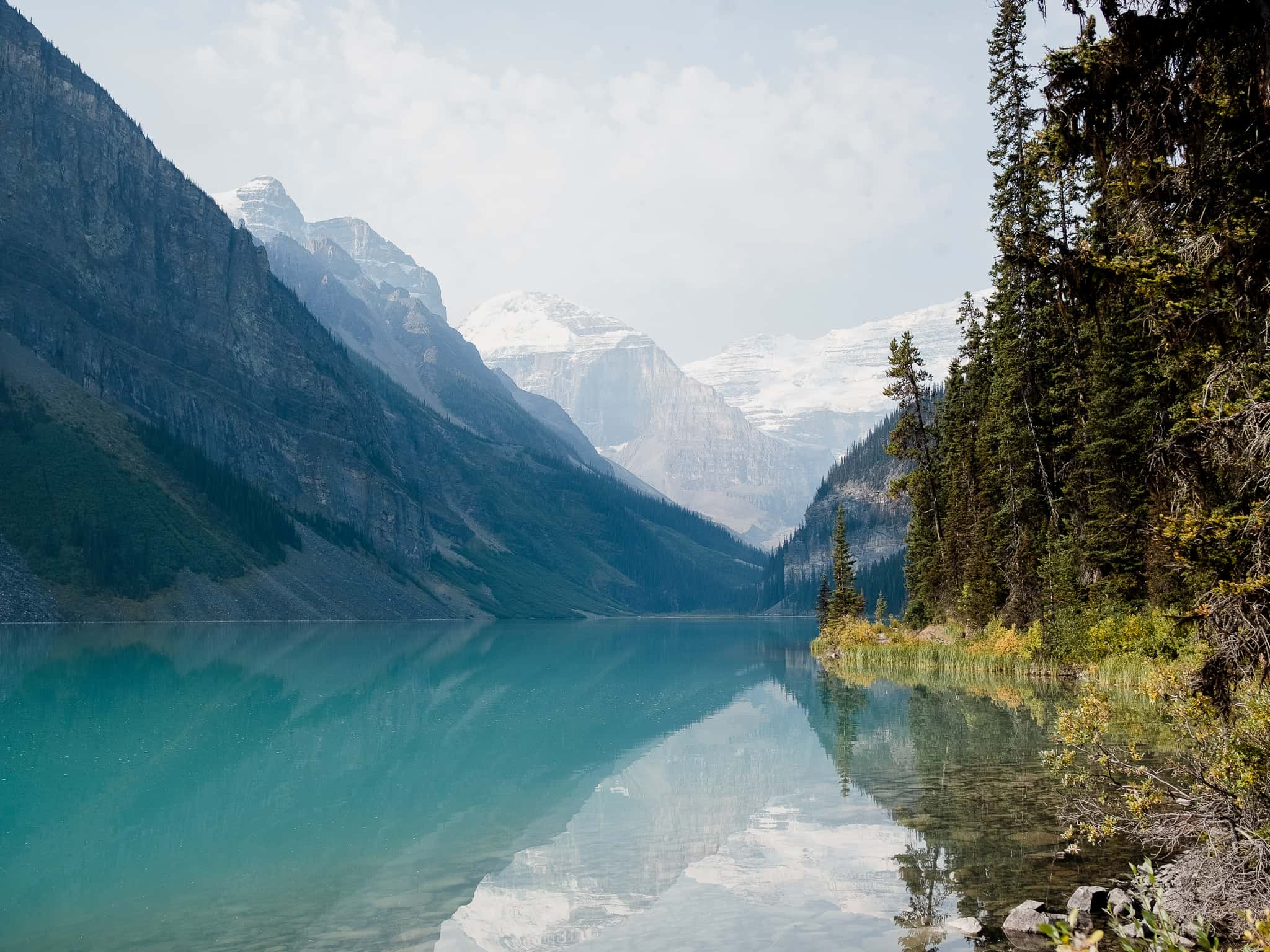

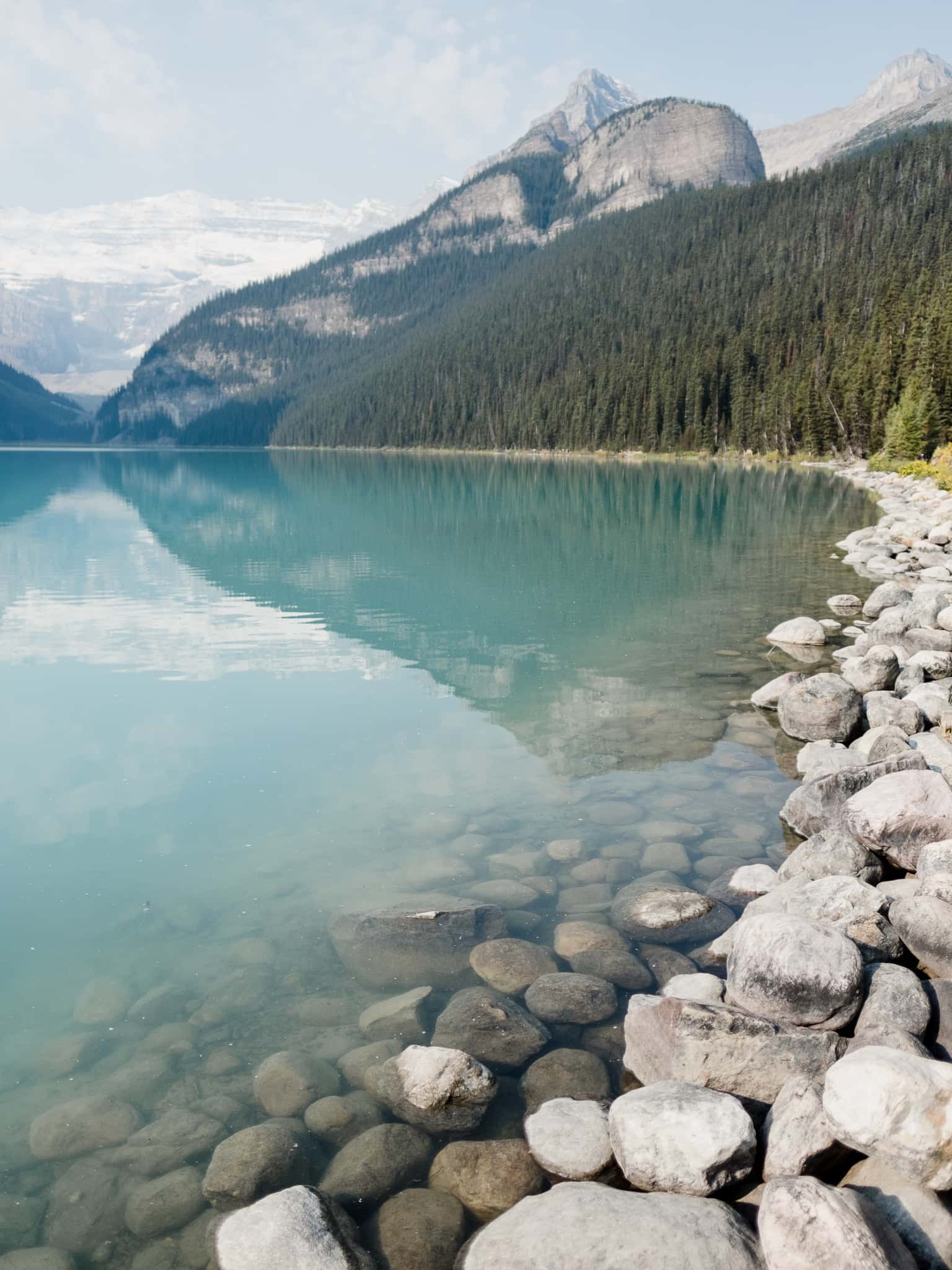
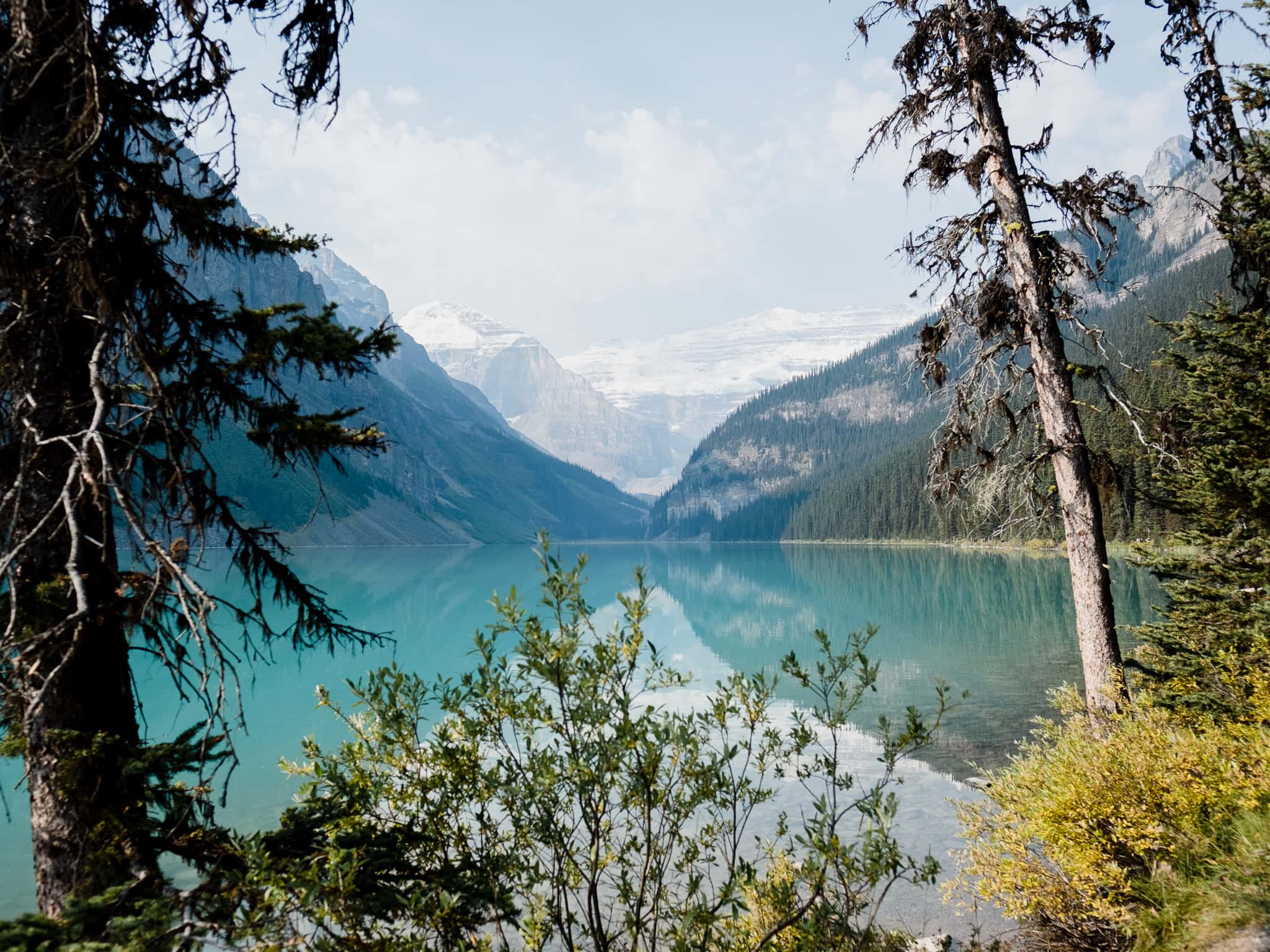
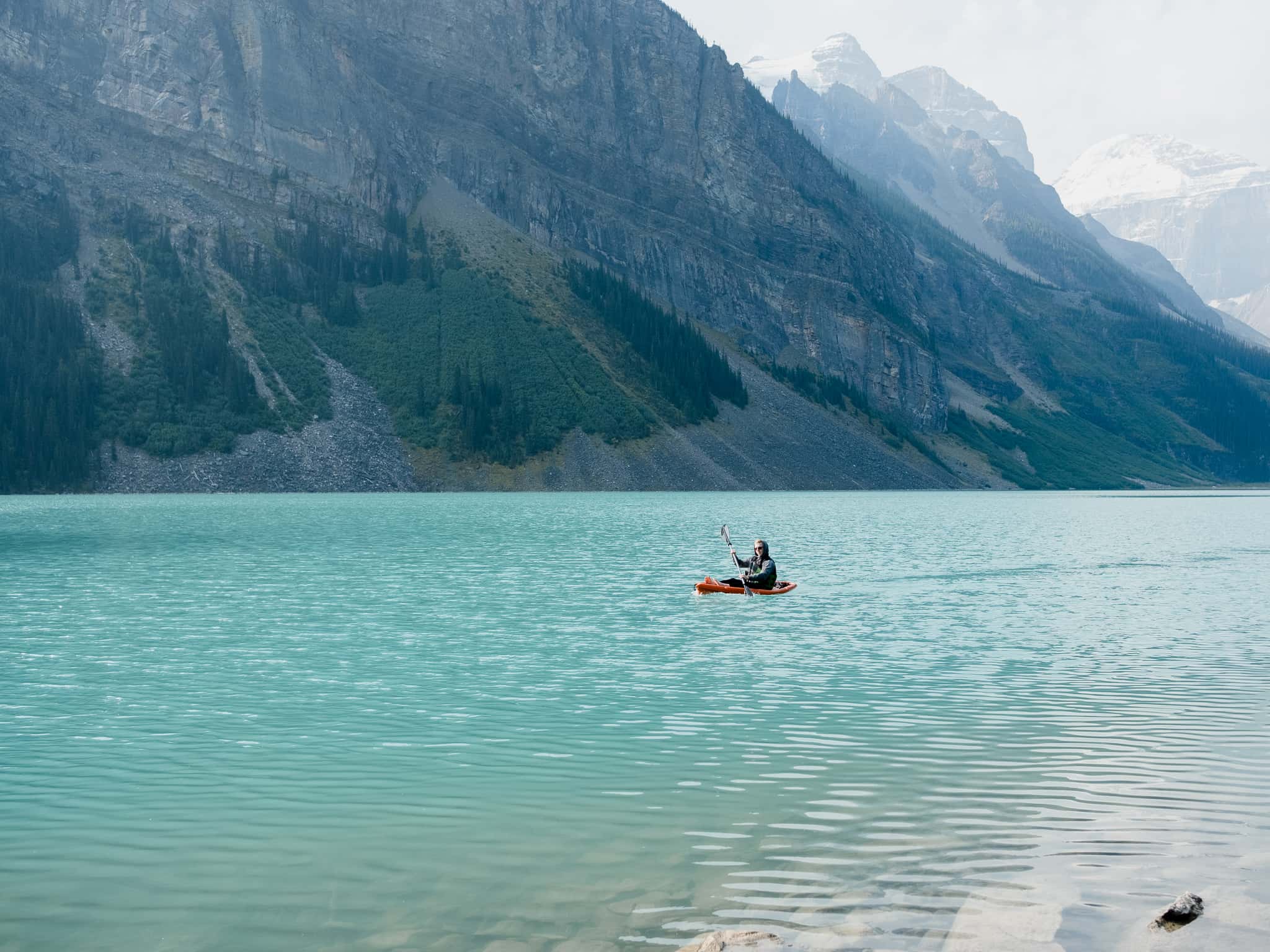



Photos shot with the Fujifilm X-T2, XF 23mm f/2, XF 35mm f/2, and XF 16mm f/1.4 lenses.
You can view the entire Banff National Park gallery right here.